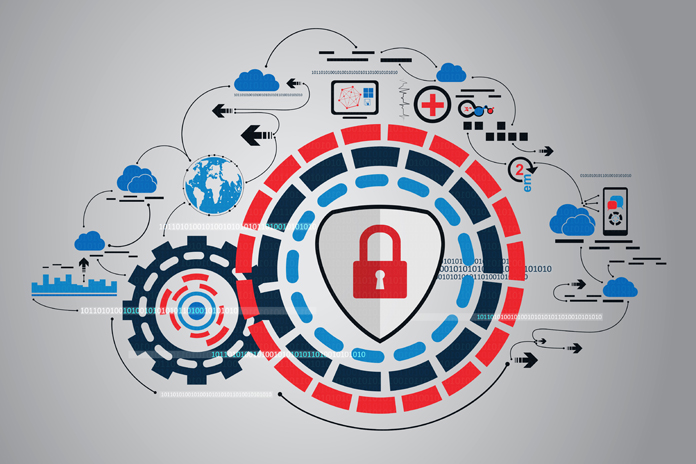
Ransomware Part II
In our last blog, we explained what ransomware is, and why it can be an especially troublesome virus. Today, let’s look at what you can do to avoid falling victim.
Prevention is the best cure. Follow standard “data hygiene” principles that you probably hear about all of the time. Update your OS, software, and apps whenever a new release or patch is released. Do this ASAP. Some patches may be released solely as a result of the discovery of a vulnerability. Watch out for phishing scams. If anything looks “off” about an email, don’t open it. And never open links you aren’t totally sure of. If unsure, email back to the sender to verify they actually sent you a link. Unfortunately, human error is one of the biggest problems for data security. Employees unwittingly open links received via email or download information from insecure websites.
Beyond prevention, the most important thing you can do to make sure your data cannot be held ransom is strictly adhering to a regimen of backups. Routinely backup your data. However, with ransomware, even backups may not be foolproof. If your data has been infected and you are unaware of it, or the backup is not segregated from your network, your backups may also be corrupted. Given the severe consequences of a ransomware attack, consider having a security evaluation done by a managed service provider who will have the security expertise to advise on the best backup protocols for your situation. Ransomware presents some unique challenges that require more sophisticated data protection protocols. Contact a managed service provider for a complete security evaluation.


Leave Your Comments